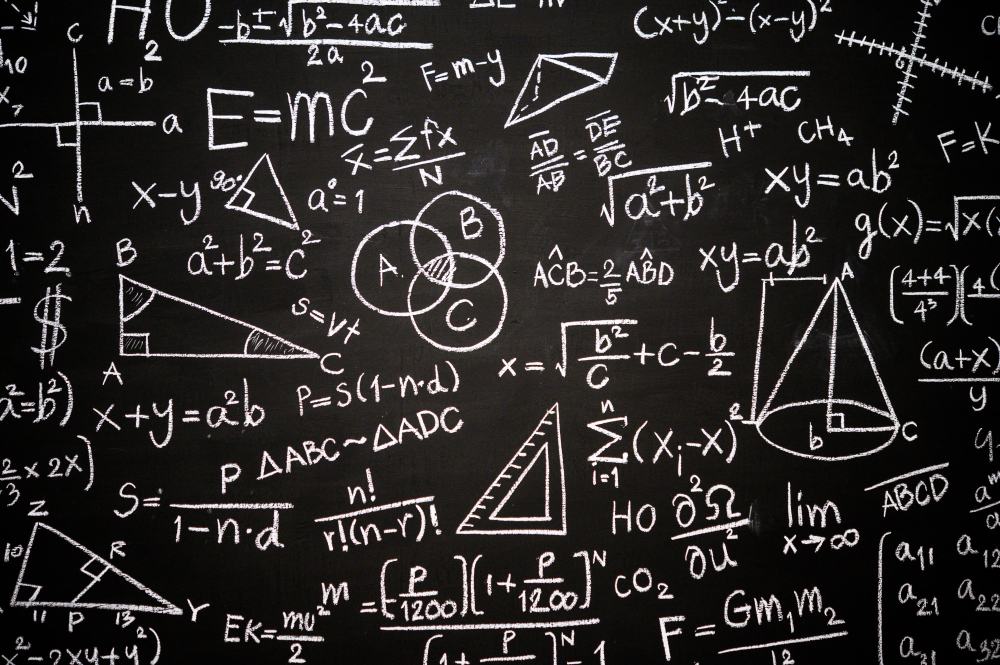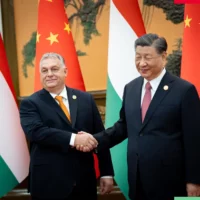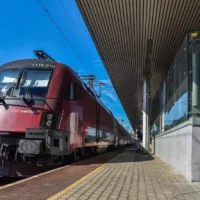Mathematical Culture and Mathematics Education in Hungary
Sponsored content
The mathematical teaching traditions in Hungary focus on heuristic methods and problem-solving. In many classrooms in Hungry, teachers have been keen on communication. They have also focused on mathematical creativity. There has been a lack of characterization of the teaching methods.
Students learn different mathematical concepts through deep reflection. The meaningful problems in math emphasize conceptual understanding and the connections between topics. Over the years, Hungary has experienced educational reforms from socio-economic and cultural contexts.
The mathematical culture emergence
For some time in the 19th century, there was no good mathematical research. The mathematicians in the last few years of that century were Bolyai and Farkas. These two worked in isolation. Their contribution became evident at the end of the century. As the 20th century began, important mathematicians began to emerge. This developed a powerful mathematical culture in Hungary.
Learning math concepts in college is an important element of success in the subject. Most math schools offer courses in complex space engineering and programming. Students that look for help in advanced math problems are more likely to succeed. You can find an answer to any advanced math question and score better in the subject. With online help, you don’t need to struggle with mathematics. This is also a great way to create time to study and learn new concepts.
Mathematics reforms in Hungary
During the Austro-Hungarian Monarch’s era, lots of educational reforms took place. In 1868, the six-year primary school education became obligatory. There were also reforms in secondary school education. The education at this level improved several times as the teacher training began.
The training was evident with the founding of the teacher training institute. This could enable the teachers to gain teaching experience. Popular Hungarian mathematicians, including Gyula and Beke, emerged. They played a role in improving mathematics at the secondary school level. They participated in writing textbooks and reforming the syllabuses. Beke became part of the international movement that improved mathematics education in Hungary.

Education in the cultural and socio-economic context
Mathematics improvement goes hand-in-hand with the cultural and socio-economic context. This is due to the formation of the Austro-Hungarian Monarchy in 1867. A fast and broad economic and social development began in the country’s capital Budapest. Rapid industrialization led to a need to improve science.
The society in Hungary began to change, and there was a formation of a new middle class. The Jewish population’s legal emancipation took place in 1867. This was later followed by its major assimilation into the society in Hungary. Science and culture allowed the Jewish youth to improve from a social perspective. At the beginning of the 20th century, most mathematicians in Hungary were of Jewish origin. Some of those mathematicians went abroad to further their education. They were able to gain international success.
Mathematical success in Hungary
Hungary produced many mathematicians between the 19th and 20th centuries. It is not clear what led to this success. However, Leopold Fejer’s work and personality could have played a significant role in this success. Another factor that may have led to success is the competitive mathematical examination.
Fejer was a scholar in mathematics. He was also the first person in Hungary to have a functional mathematical school. In the early 20th century, he lectured to people who studied mathematics at the University of Budapest. The students termed Fejer as an influential and charismatic teacher. Fejer gave beautiful and short lectures with lots of expressions and a lively face.
Hungarian pedagogy
The mathematical education reforms in Hungary have changed education. It has helped learners to view the subject from a different perspective. For every lesson, a teacher chooses problems that are in line with mathematical goals. The teacher sequences the problems to create a sense of coherence and focus. Mathematical problems guide the students in the learning process. They learn different mathematical topics and problem-solving.
The goal of studying mathematics is to foster students’ problem-solving and reasoning skills. The teachers engage students in learning as they discover diverse mathematical concepts. The group-wide discussion of approaches to problem-solving is important. It remains a hallmark of Hungarian pedagogy.
Conclusion
The culture of mathematics in Hungary started becoming evident in the 19th century. There have been significant reforms in this field. This is due to the contributions of different mathematicians. The cultural and socio-economic contexts explain the reforms in mathematics and other subjects. Through mathematical success in Hungary, many teachers are helping learners to solve problems. Mathematics is not static and will continue to change in the years to come.
Author’s Bio
Emma Rundle is a tech-savvy and highly motivated writer who uses innovative ideas and the latest tools to write content. She’s an academic writer who does every assignment dedicatedly, and this helps her earn new clients. She has already got a huge fan following, and she does not want to stop here as she believes that for career growth, a person should be highly consistent.
please make a donation here
Hot news
What happened today in Hungary? — 25 April, 2024
Azerbaijan supplies gas to Hungary for the first time in history
Chinese President to visit Budapest: why is Xi coming to Hungary?
Breaking: Hungarian government to sue Spar
Attention: Budapest-Vienna railway line renovation continues in Hungary, timetable changes
Orbán: Make America Great Again! Make Europe Great Again!




